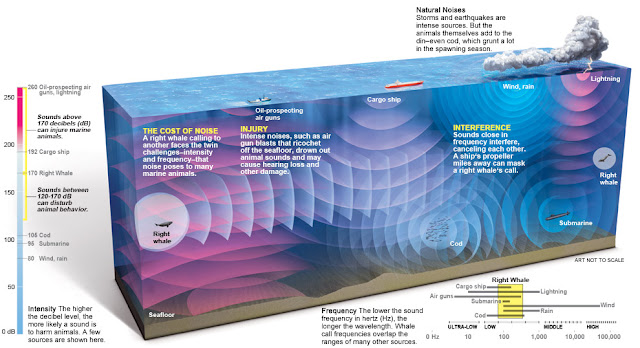COT (crown-of-thorns seastar, Acanthaster planci) outbreaks have devastating effects to coral reefs since the 1930s, in some instances, wiping out entire coral reefs.
| COT seastars feasting on a small coral table. Photo taken by Jennifer Selgrath |
In 2011, SeaLifeBase Project started to gather COT occurrences, that is, important baseline information that may help in determining the probable cause(es) of such outbreaks. To date, it has 686 occurrences from 166 references, more than 50% of which are identified as outbreak events.
 |
| Reported COT occurrences since 1820 |
So next time you see a COT seastar or a COT outbreak, please e-mail me at m.pan@fin.ph the following details:
- Date and name of place where observation was made;
- Latitude and longitude of the specific area observed via the GPS capacities of your cellphone (if possible);
- Is this observation that of a few indiduals sparsely distributed within the area? Or is this observation that of many seastars gathered in the same area and visibly destroying the reef (that is an outbreak)?
- The average number of seastars found in a meter square of the area; and the length and the width of the whole area where this number is observed (if possible);
- Length (in cm) and/or number of arms of individual COT (if possible); and
- Other remarks on the occurrence or the outbreak
Your observations will be gratefully receive. Many thanks!



